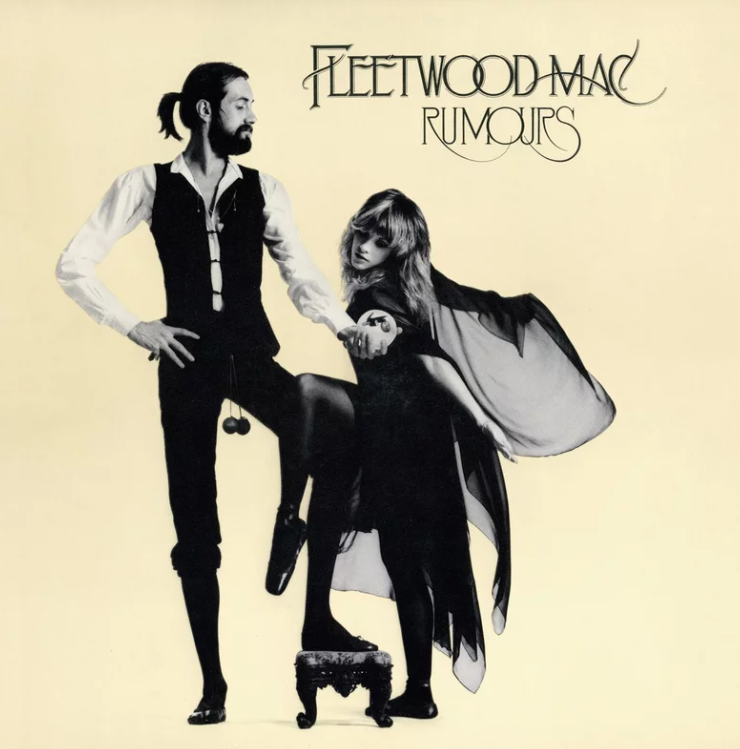Heartbreak, Folk and Fleetwood Mac
A review of one of the most influential albums of the ’70s.
Photo Herbert Worthington
Official album cover for “Rumours.” Mick Fleetwood clasps singer Stevie Nicks hand in the gothic inspired album cover.
November 1, 2022
It is no surprise that Fleetwood Mac is a well-known band even to this day. With over 40 million copies of “Rumours,” Fleetwood Mac’s most popular album sold, the band has played any and everywhere.
I grew up hearing “Dreams and Chains” played at every coffee shop and record store I went to, but I didn’t pay much attention to this album until my mom and I went to a record store in St. Petersburg, Fla. and picked up the “Rumours” album. After going home and listening to it, I was hooked. The folk aspect of the album and the distinctiveness of each song was not like anything I have heard in modern music.
“Rumours” was actually the product of the heartbreak of band members Stevie Nicks and Lindsey Buckingham, as well as other group conflicts that were going on, such as Christine and John McVie’s divorce. Tensions were high during the creation of this album which added to the rock title that the album claims but contrasts the folk and almost calming sounds that some songs have, such as the mellow sounds of the song “Songbird.”
Adding on, “Songbird” was written by Christine McVie in one night within 30 minutes and was recorded the next day. This song captures the individuality of each song on the album. The main instrument implemented was the Steinwood piano, which was one of many unique instruments that helped the album come to life.
One thing that is so unique about the album is, although there are a lot of different voices and sounds, there still remains a connection throughout the different songs. “Gold Dust Woman” has both the folk aspects of “2nd hand news” and “Songbird,” but also contains the rock aspects of “You Make Loving Fun.”
Overall, “Rumours” deserves its recognition and has proved to remain timeless and perfect for any occasion. The album’s name came from John McVie because he felt like all the band members were writing “journals and diaries” about each other through their songs. Listening to the album you would never know the drama that was happening behind the scenes.











